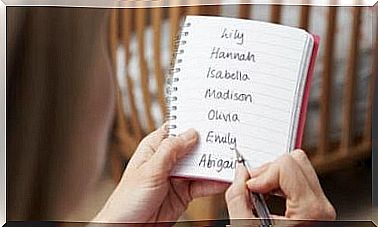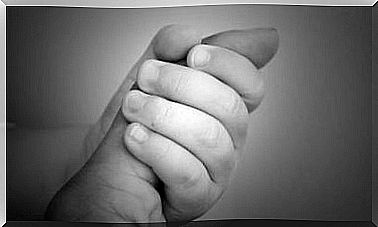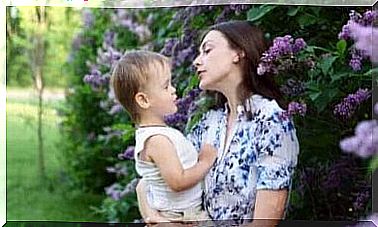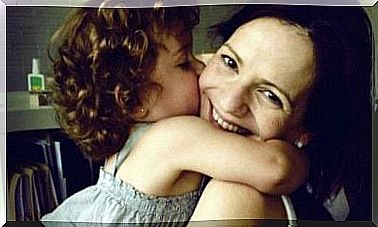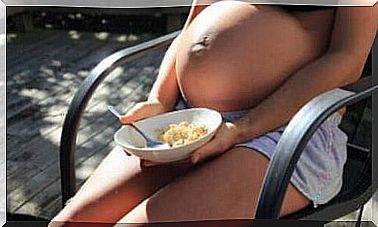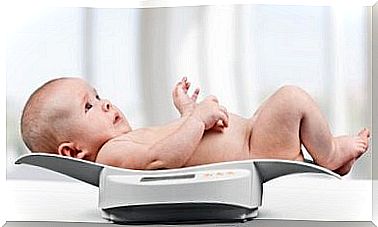Guillour Method Improves Children’s Concentration
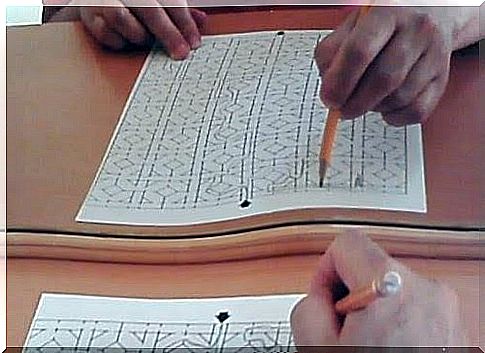
The guillour method improves children’s ability to concentrate by getting them to perform structured exercises using lines that they follow. The application of this method enables the development of spatial intelligence and eye-hand coordination.
There are children who complete tasks quickly without taking their eyes off their work. However, there are also children who require more time because there are so many distractions that catch their attention.
The guillour method is an interesting alternative for these individuals. The Guillour method improves children’s concentration and is based on observation using a mirror.
The method includes structured exercises with lines that they follow with a pencil. At certain times, the child will be asked to draw in the same direction as he can see in a mirror. At other times, the child must draw in the opposite direction.
During some exercises, you must try to find your way out of a maze without looking away from the mirror. Keep reading to learn more about this interesting and effective method.
What is the Guillour Method?
The structured exercises that involve lines that you follow with a pencil are performed in front of a mirror. The participant copies or follows the drawing he or she sees in the mirror, rather than looking down at the paper directly.
This requires the child to focus on symmetry and space. In addition, it forces the child to concentrate on minor details in the picture. To complete the exercise, the child must reproduce the divn or series of divr in the mirror, look for hidden shapes and divr, or follow marked paths.
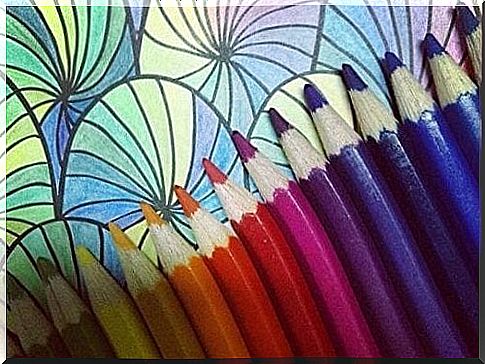
Advantages of the Guillour method
- Helps the child by stimulating both hemispheres of the brain because the child must use both at the same time to perform the tasks.
- Produces an improved neural and cerebral connection.
- Following the lines improves the child’s coordination of eye and hand.
- As the child observes the image in the mirror and then copies it on paper, the method develops the ability to concentrate.
- The guillour method improves the ability to observe.
- A child’s problem-solving capacity is improved as a result of a broadened logical thinking ability.
- Increases the child’s self-esteem.
- Reduces anxiety.
- Improves the ability to pay attention.
- Improves school performance.
The ability to pay attention and the function of the two hemispheres of the brain
When we succeed in concentrating on something, we focus our attention on a selected object. This process involves work in both hemispheres of the brain.
The left half of the brain is responsible for logical, analytical and verbal functions. The right controls non-verbal, spatial and analog data.
The exercises of the method are structured and serve to raise the concentration levels and promote the connection between the two halves of the brain. This also contributes to lower anxiety levels.
Furthermore, psychomotor stimulation is achieved by forcing the child to alternate the movements of the arms to perform the exercises.
Other methods to improve children’s ability to concentrate
There are other methods, in addition to the Guillour method, that also help to improve children’s ability to concentrate:
- Tile games or tangram games: This is a type of game where you count squares and pay attention to small details. The participant may also be asked to reproduce a tile pattern or copy its reflection.
- Crossword puzzles, letter games, etc. These are excellent activities that help children concentrate and develop patience.
- Puzzles and find-five-error games. These are fun for both children and adults. Puzzles help children find solutions and practice deductive reasoning. Searching for differences between two or more pictures helps children focus on details.
- Domino. A classic game with several advantages. Matching corresponding images develops a child’s strategic capacity.
- Memory. Just as the name of this popular childhood activity suggests, this game activates a child’s memory. And it also improves concentration. There are a number of ways to use the cards. The child can, for example, try to memorize the cards’ order or positions before they are turned down. Or, the child can start with the cards turned upside down and then turn two at a time to try to form pairs.
- Labyrinths. Searching for a way through or out of a maze may seem easy, but it often gets to a point where things get harder. This is a great way to train your patience. Labyrinths also help children challenge their deductive ability.
- Paint mandalas. An ideal activity for restless and active children. Mandalas require patience, concentration and focus. Using art to improve concentration is a wise move.
Who can benefit from the Guillour method?
This method is especially useful for children with ADD or ADHD (Attention Deficit Disorder or Attention Deficit Hyperactivity Disorder). It is also a good tool to use with patients who have acquired brain damage.
However, the method is also effective for people who need to increase their ability to concentrate in general. The exercises can be used by both children and adults.
The guillorm method exercises should be performed slowly and carefully. In other words, the child should first spend some time studying the image in the mirror. Then the child should perform the task that is intended, carefully and thoughtfully.
When the child follows the lines with the finger or pen, it focuses better on what it is doing.
